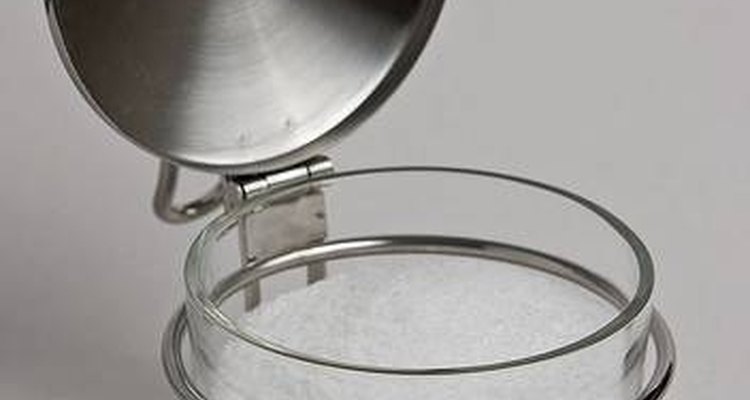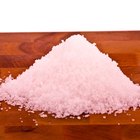
Before the invention of the salt shaker, salt was stored in bowls made of wood, glass or porcelain, called, salt cellars. These salt cellars were not merely vessels to hold salt in, but a status symbol. Salt cellars were created to represent works of art, and mirrored the importance of the salt they held.
History
Salt cellars were a vessel used to store salt until the invention of the salt shaker in 1858. The salt cellar was given to the head of the table at the beginning of a meal, and subsequently passed around the table in an almost ceremonious style. Where each guest sat at the table, in relation to the salt cellar, determined her status. Salt cellars were used at the table until World War II, until they were permanently replaced by salt shakers. While salt cellars are still used today, they have lost their symbolism as a status item, and are mainly used in the kitchen.
Purpose
Because salt was so important throughout history, almost every culture has its own variation of a salt cellar. The main purpose of the salt cellar, other than holding the salt, was to prevent it from becoming ruined by moisture in the air. Before modern day moisture absorbents were invented, salt was not able to be ground, and was used in larger, crystallized forms.
Styles
Because salt cellars represented such an important part of social stature, they were rarely mundane objects at the table, as salt shakers have become in modern day society. They were made of expensive materials and designed as pieces of art. The artist Benvenuto Cellinni created a wrought silver salt cellar for the Holy Roman Emperor, Francis I, which was more of a sculpture than a utilitarian item.
Salt Shakers
In 1858, a man named John Mason (who famously invented the mason jar) created a receptacle to hold salt that would evenly distribute it on food, by shaking it through several holes punched into a tin cap; the salt shaker was born. This invention also prevented the salt from becoming moist and caked. Today, even though the salt shaker has replaced the salt cellar on the table, salt cellars have been making a comeback. Many restaurants have replaced their shakers with small salt cellars, and home cooks are using salt cellars in the kitchen.
Fun Facts
Salt cellars go by several names including, salt dishes, salt dips and open salts.
Related Articles

Salt Vs. Non-Iodized Salt

How to Do a Salt Covenant for a Wedding ...

What Is Gray Salt?

How to Clean Salt Stains From Suede

Dangers of Salt Table Lamps

What Is the Difference Between Salt ...

How to Make Salt Brine

How to Color Table Salt

How to Drink Tequila With Salt & Lemon

Low-Potassium Salt Substitutes
A Saltpeter Substitute for Curing Ham

How to Cook a Whole Fish Jamaican Style

How to Finely Grind Celtic Sea Salt

Salt As an Insecticide

How to Use Sea Salt for Canning

Does Salt Ruin Slate Walkways?

Symbolic House Warming Gifts

Calories In Maltesers

Difference Between Rock Salt and Sea ...

Nutritional Information for Johnny's ...
Resources
Writer Bio
Alicia Butler is a freelance writer, living and working in the beautiful Pacific Northwest. Her expertise ranges from product descriptions and consumer reviews to relationship columns and travel pieces. She has written for Shoppercast.com and various other websites.
Photo Credits
http://www.flickr.com/photos/vladxp/3420214164/